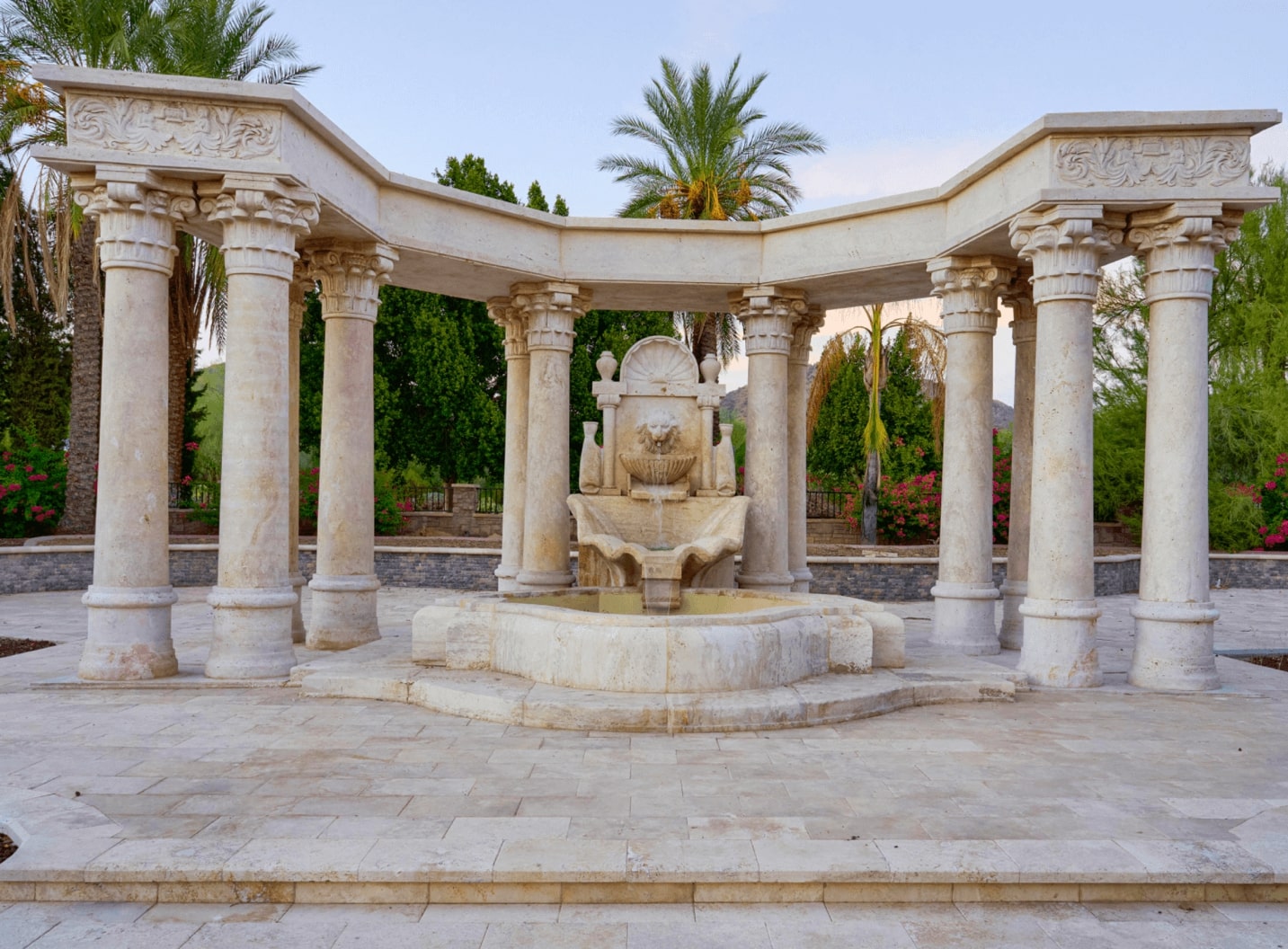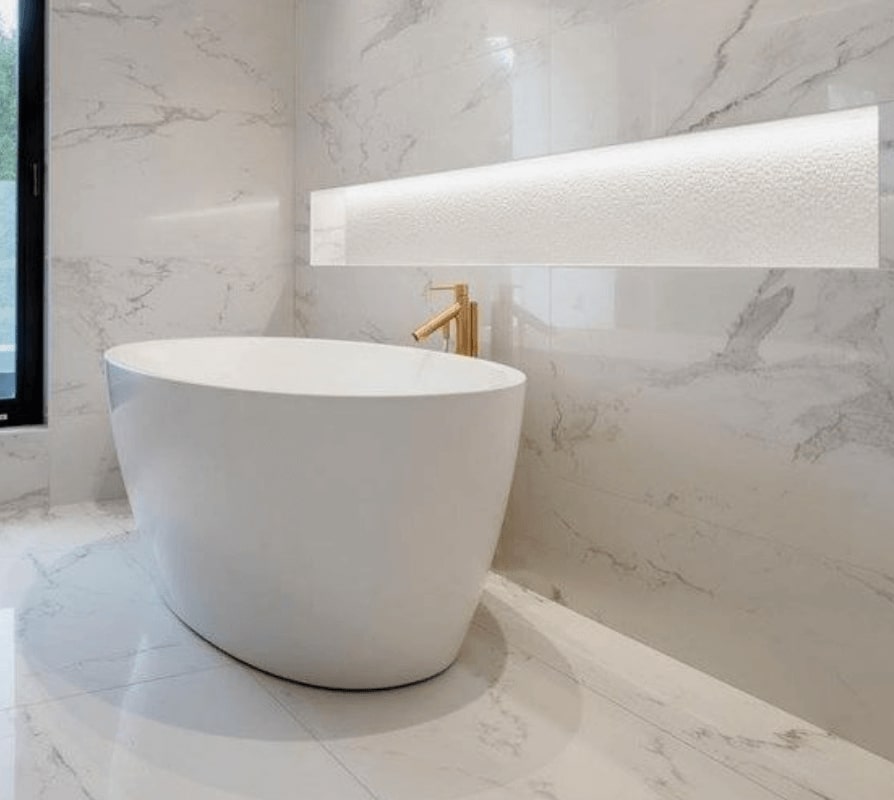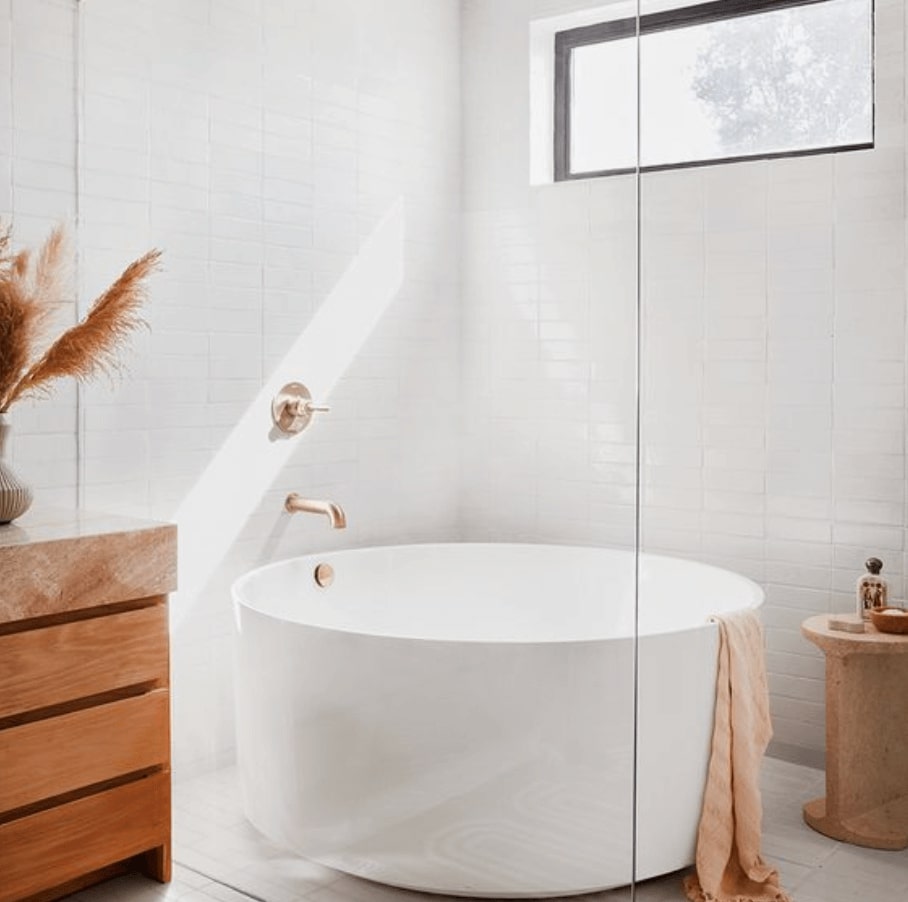Marble Bust Statues: The Art of Creating statues from Block to Bust
At the genesis of every marble bust statue lies a crucial decision—the selection of the marble block. This foundational choice is far more than a matter of aesthetics; it is a profound consideration that shapes the entire artistic journey, influencing the statue's appearance, durability, and emotional resonance.
The Selection of Marble Blocks for Marble Bust Statues
Marble, with its diverse array of varieties, offers a palette of colors, patterns, and textures for sculptors to choose from. Carrara marble, renowned for its classic white appearance adorned with grey veining, stands as an emblem of timeless elegance. Statuario marble, characterized by its pure white hue and minimal veining, exudes a sense of pristine beauty. Different varieties of marble carry distinct characteristics, from the intricate veining of Calacatta to the warm tones of Crema Marfil.
Understanding these varieties is paramount. Each type of marble responds uniquely to the sculptor's chisel, presenting both opportunities and challenges. The geological composition of the marble, influenced by factors such as mineral impurities and metamorphic processes, contributes to its individual qualities.
The characteristics of the chosen marble profoundly impact the final appearance of the bust statue. Veining, for instance, can add a dynamic, organic quality to the sculpture, guiding the viewer's gaze and enhancing the overall aesthetic. The translucency of certain marbles allows for the play of light and shadow, creating a visual depth that adds to the sculpture's allure.
Considerations also extend to the durability and longevity of the statue. Some marbles, while stunning, may be more susceptible to weathering or discoloration over time. Sculptors must balance the aesthetic appeal with the practical aspects of the chosen marble, ensuring the longevity of their creation.
Geological factors play a pivotal role in the formation of marble, influencing its workability and suitability for sculpting. Carrara marble, for instance, is metamorphosed limestone primarily composed of calcite. This composition contributes to its workability, allowing sculptors to carve intricate details with relative ease. Statuario marble, with its purer composition, demands careful consideration in handling due to its potential for brittleness.
Sculptors, therefore, become geologists of sorts, attuned to the geological nuances of their chosen material. This understanding guides their approach, ensuring a harmonious collaboration between artist and stone.
The selection of the marble block is the inaugural act in the symphony of creating a marble bust statue. It is a decision that echoes through the entire sculpting process, influencing the visual narrative, structural integrity, and the statue's enduring presence. As we admire marble busts, let us not only see the artistry in the finished product but also appreciate the thoughtful curation of the raw material—the first brushstroke in the creation of a timeless masterpiece.
Tools and Techniques in Marble Sculpting
Marble sculpting is an ancient and revered art form that has evolved over centuries, yet at its core, it remains a craft that demands precision, skill, and a deep understanding of the tools and techniques employed in the process.
The sculptor's toolkit is a symphony of traditional and modern instruments, each serving a specific purpose in the transformation of a raw block of marble into a masterpiece. Traditional hand tools, such as chisels and mallets, are foundational to the craft. The rhythmic sound of a sculptor's strike against the chisel reverberates through time, echoing the techniques of ancient artisans. These hand tools provide the sculptor with an intimate connection to the marble, allowing for nuanced control and the shaping of intricate details.
In the modern era, the introduction of power tools has revolutionized the sculpting process. Pneumatic tools, including air hammers and drills, enhance efficiency and enable sculptors to undertake larger projects with greater speed. Angle grinders equipped with diamond-tipped blades allow for precise material removal, offering versatility in shaping the marble according to the artist's vision.
The marriage of traditional and contemporary techniques defines the sculptor's approach to marble. Hand carving remains a skill revered for its ability to convey a unique touch, capturing the essence of the artist's hand in the final creation. The tactile connection between sculptor and marble during hand carving is an intimate dance, where each stroke brings the sculpture closer to its ultimate form.
Conversely, modern sculptors leverage power tools to streamline the process without sacrificing artistic integrity. Pneumatic tools offer efficiency in material removal, allowing for the realization of larger and more intricate designs. The precision afforded by these tools enables sculptors to achieve levels of detail that might be challenging with traditional methods alone.
The essence of marble sculpting lies in the harmonious integration of tradition and innovation. While hand tools connect the sculptor to centuries of artistic heritage, power tools provide a contemporary edge, expanding the horizons of what can be achieved. Sculptors today are adept at navigating this intersection, seamlessly transitioning between chisel and grinder to bring their artistic visions to life.
In the hands of a skilled sculptor, tools are not mere instruments; they are extensions of artistic expression. Marble sculpting is a dynamic interplay between tradition and innovation, where the timeless craft of hand carving converges with the efficiency of modern power tools. As we admire marble sculptures, we are not only witnessing the final result but also the culmination of a centuries-old dialogue between the sculptor and the stone, a dialogue that continues to evolve with each stroke and each technological advancement.
The Artistic Process: From Concept to Execution
Creating a marble bust statue is a profound artistic endeavor that transcends mere craftsmanship, delving into the realm of imagination, storytelling, and meticulous execution. The journey from concept to execution is a fascinating exploration of an artist's vision coming to life in three-dimensional form.
At the heart of every marble bust statue is a conceptual vision that serves as the guiding light for the sculptor. This initial stage involves more than envisioning a static figure; it requires a deep understanding of the subject's essence, emotions, and the narrative the sculpture aims to convey. For instance, Gian Lorenzo Bernini's "Apollo and Daphne" captures the transformative moment of Daphne turning into a laurel tree. Bernini's ability to conceptualize this intricate narrative showcases the power of a well-formed vision.
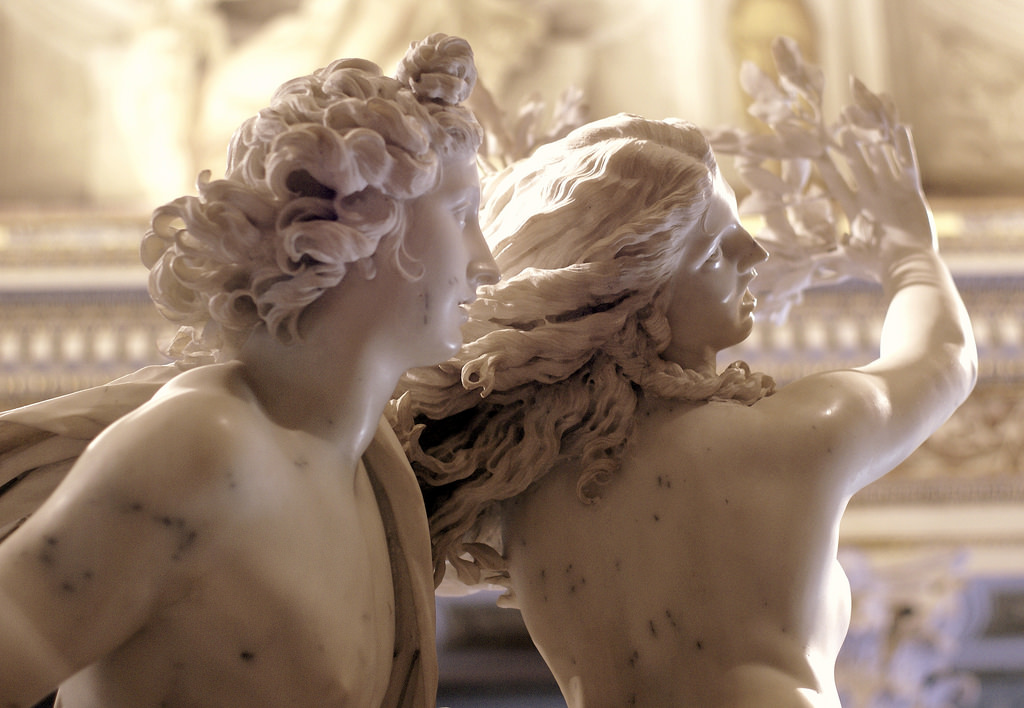
Before the sculptor's tools touch the marble block, the concept takes shape through preliminary sketches and small-scale models known as maquettes. These serve as a testing ground for ideas, allowing the artist to refine the concept and understand how it will translate into the final three-dimensional form. Auguste Rodin's "The Thinker" exemplifies this process, as the smaller maquette served as a precursor to the monumental final sculpture. Preliminary sketches and maquettes are essential steps that bridge the gap between the abstract concept and the tangible sculpture.
The artistic process is not without its challenges. As the sculptor engages with the marble, responding to its unique qualities, unforeseen challenges and opportunities emerge. Decision-making becomes a dynamic part of the process, requiring the artist to navigate choices related to pose, expression, and overall composition. Antonio Canova's "Cupid and Psyche" stands as a testament to the meticulous planning and decision-making needed to capture the delicate embrace of the two figures. Challenges are embraced, and decisions are made on the fly, shaping the sculpture in ways that may deviate from the initial vision.
In essence, the journey from concept to execution is a dynamic dance between artistic intention and the inherent characteristics of the chosen material. The sculptor becomes a storyteller, using the language of marble to give life to narratives, emotions, and concepts. The challenges encountered during this journey serve not as obstacles, but as opportunities for innovation and adaptation.
The artistic process of creating marble bust statues is a testament to the sculptor's ability to breathe life into stone. From the conceptualization of a narrative vision to the execution that navigates challenges and embraces decision-making, each stage contributes to the rich tapestry of the sculpture's creation. As we admire marble busts, let us not only see the final form but also appreciate the intricate journey that transforms raw material into timeless works of art.
Symbolism and Cultural Context
Marble bust statues have served as symbols throughout history, encapsulating the essence of individuals or embodying broader cultural concepts. Consider the Roman tradition of creating busts of emperors; these sculptures aimed not just to capture the ruler's likeness but also to convey their virtues, authority, and sometimes even divine connections. Symbolism in marble busts extends beyond facial features; it embraces posture, attire, and accompanying elements to encapsulate the subject's identity and significance.
The creation of marble busts is inherently intertwined with the cultural and historical milieu in which they are sculpted. The Renaissance period, for instance, witnessed a revival of classical aesthetics, leading to the creation of busts that mirrored the grace and poise of ancient Greek and Roman sculptures. During the Enlightenment, marble busts became vehicles for the celebration of intellectual prowess, with philosophers and thinkers immortalized in stone.
Beyond Europe, various cultures have utilized marble busts to express their own values and narratives. Ancient Egyptian busts, often carved from different stones like alabaster, carried religious significance and were crafted to honor pharaohs and deities. The symbolism embedded in these sculptures offers a glimpse into the cultural ethos of the time.
Marble busts frequently assume political and social significance, serving as tools for propaganda, commemoration, or dissent. A bust of a political leader may not only capture their likeness but also embody the ideals or controversies associated with their reign. Conversely, sculptors may use marble to challenge societal norms, creating busts that subvert expectations and provoke thought.
Consider the political upheavals of the 20th century, where leaders like Lenin and Stalin were immortalized in marble to convey messages of power and ideology. Simultaneously, artists in periods of social change have utilized the medium to challenge authority and question established norms.
Marble bust statues are not static representations; they are dynamic storytellers embedded with layers of symbolism and cultural context. Whether sculpted to honor rulers, convey societal ideals, or challenge norms, these statues serve as visual artifacts that transcend time, offering a tangible connection to the beliefs and values of the past. As we engage with marble busts, let us decode the rich symbolism and cultural narratives etched into the stone, appreciating them as more than sculptures but as windows into the collective consciousness of civilizations.
Preservation and Restoration of Marble Bust Statues
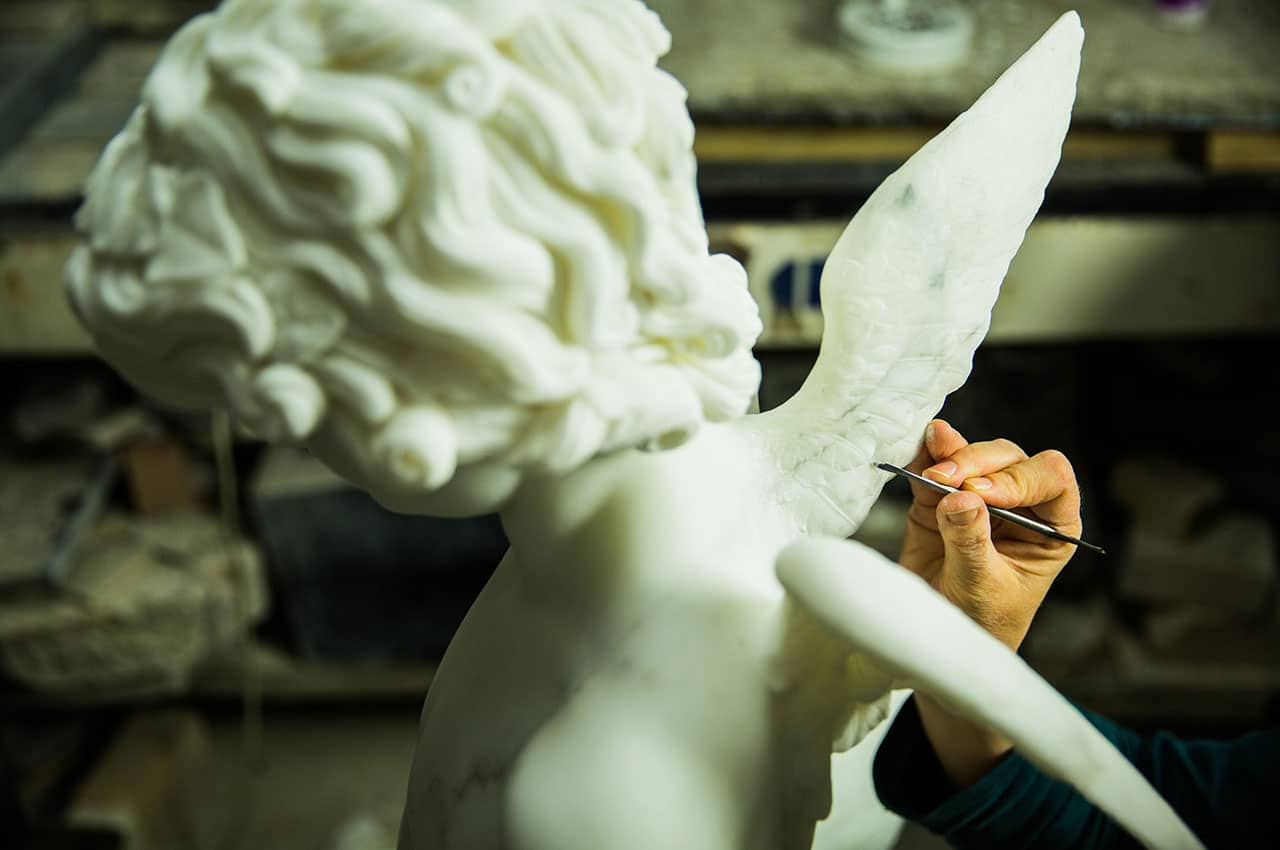
The allure of marble bust statues lies not only in their initial creation but in their endurance through time. As testimonies to artistic mastery and cultural significance, these sculptures often face the inevitable effects of wear, weathering, and the passage of centuries. The preservation and restoration of marble bust statues become crucial endeavors, ensuring that these masterpieces endure as vivid windows into the past for future generations.
Marble, while resilient, is not immune to the ravages of time. Various factors contribute to the deterioration of marble bust statues. Environmental elements such as exposure to air pollutants, fluctuating temperatures, and humidity levels can result in the degradation of the stone. Additionally, natural chemical reactions within the marble, often accelerated by external influences, can lead to processes like efflorescence, where soluble salts migrate to the surface, causing crystalline growth and potential surface damage.
Over time, biological agents such as algae, lichens, or moss can colonize the surface of the marble, further accelerating its deterioration. Physical stresses, including vibrations and structural movements, may also contribute to the wear and tear of these sculptures. Understanding these factors is essential for formulating effective preservation and restoration strategies.
Preserving the integrity of marble bust statues requires a delicate balance between protecting the original material and ensuring the sustainability of the conservation efforts. Conservators employ various techniques to mitigate deterioration and prolong the lifespan of these artworks.
Restoration endeavors become necessary when marble bust statues have experienced significant damage or degradation over time. The goal of restoration is not only to repair visible issues but also to retain the historical and artistic integrity of the sculpture.
The preservation and restoration of marble bust statues benefit immensely from advancements in technology and ongoing research. Non-invasive techniques, such as laser cleaning and 3D scanning, provide conservators with powerful tools to assess and address issues without causing harm to the original material.
Preserving and restoring marble bust statues is a multifaceted endeavor that requires a delicate dance between conservation and intervention. As custodians of cultural heritage, conservators employ a range of techniques, from traditional methods to cutting-edge technologies, to ensure the longevity of these timeless artworks.
In essence, the journey of a marble bust does not conclude with its creation; rather, it extends into the future through conscientious efforts in preservation and restoration. Through the meticulous work of conservators, these statues continue to narrate the stories of their origins, the hands that shaped them, and the epochs they have witnessed. As we engage with these marble masterpieces, we are not only connecting with the past but participating in a continuum that safeguards cultural heritage for generations yet to come.
Conclusion
In the enchanting world of marble bust statues, where history and art converge, preservation is paramount. As we honor the legacy of these timeless masterpieces, consider extending this appreciation into your living space with Classybath Stone Tubs. Contact Classybath Stone Tubs and elevate your surroundings with their exquisite, customized marble statues for indoor and outdoor decoration. Each piece is a testament to craftsmanship, blending tradition and modernity to bring a touch of elegance and sophistication to your home. With Classybath Stone Tubs, you're not just acquiring a statue; you're investing in a personalized narrative, a symbol of enduring beauty for generations to come.
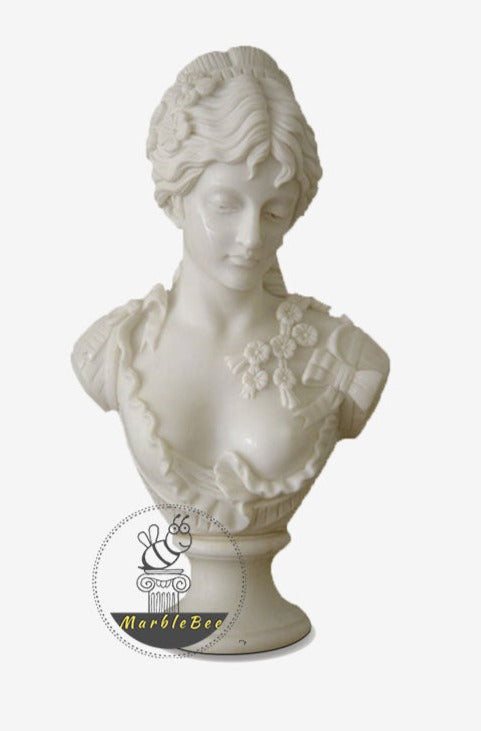
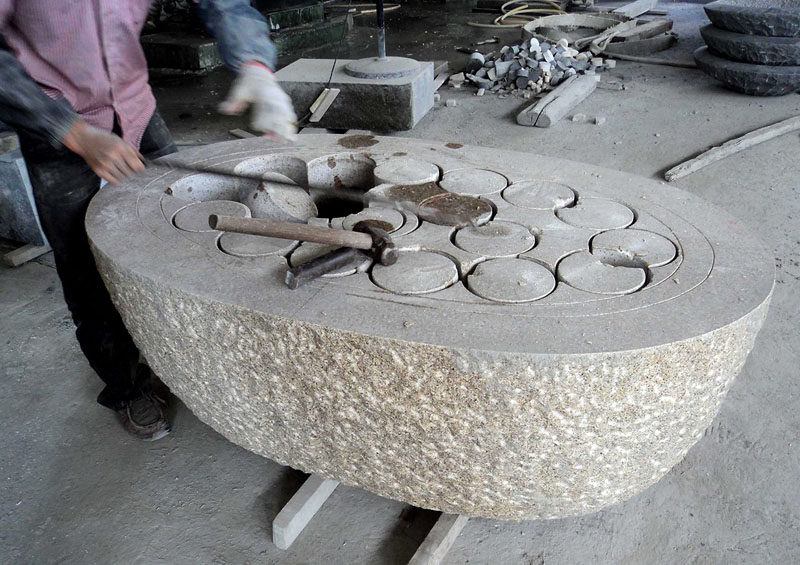



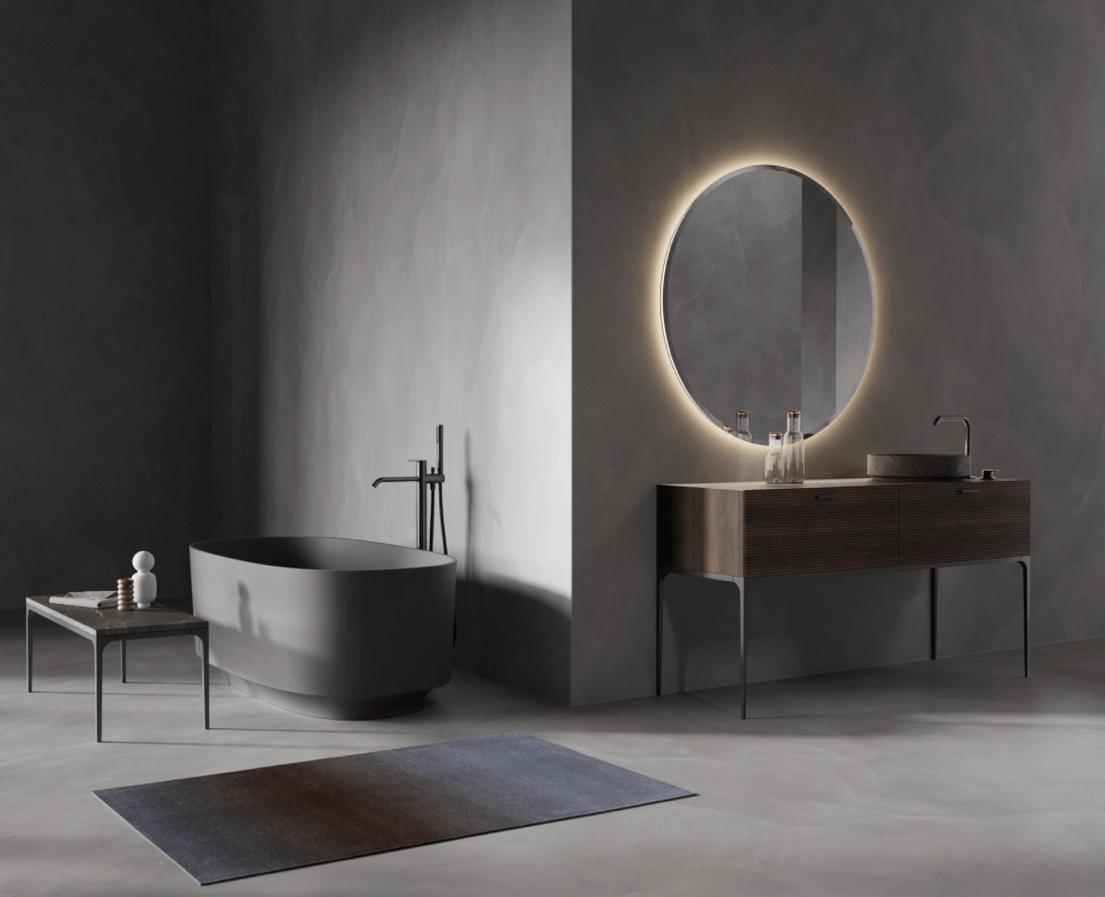
.png)
